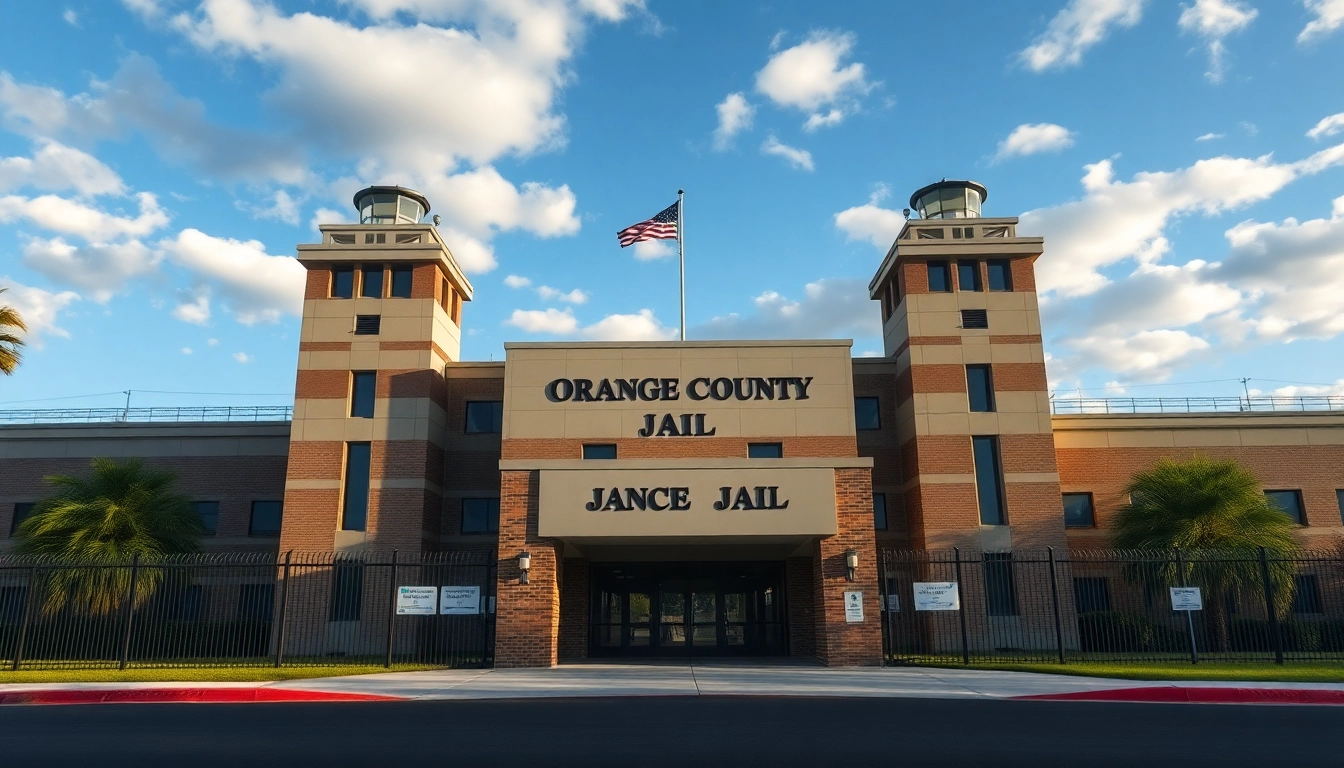Understanding Trademark Registration in India and US
Trademark registration is an essential legal process for businesses operating in today’s competitive market. Protecting your brand through trademark registration not only establishes your intellectual property rights but also reinforces your credibility and reputation in the marketplace. This comprehensive guide delves into the trademark registration process in India and the United States, highlighting key differences, associated costs, challenges, and best practices. Consequently, businesses looking to secure their trademarks, especially those engaging with international markets, will find this information invaluable. By understanding trademark registration in India and US, companies can navigate the complexities of trademark law effectively.
The Basics of Trademark Law
Trademark law is primarily designed to protect consumers and businesses by preventing confusion about the source of goods and services. A trademark can be any word, phrase, symbol, or design that identifies and distinguishes the source of goods or services. It acts as a sign of origin and conveys the quality that consumers expect from a certain brand.
In both India and the U.S., trademarks are territorial, meaning they are only protected in the jurisdictions where they are registered. For this reason, businesses intending to operate in multiple regions should consider securing their trademarks in each local market.
Importance of Trademark Registration
Trademark registration offers several advantages. Firstly, it provides legal proof of ownership, granting exclusive rights to the trademark holder. This is crucial in dissuading unauthorized use by competitors. Additionally, registered trademarks can become valuable assets that appreciate over time, potentially enhancing the market value of the business.
Moreover, trademark registration expands the ability to sue for infringement in federal courts, as opposed to state courts, which typically offer more robust protections. Registered trademarks can also become eligible for international protection under treaties like the Madrid Protocol, aiding businesses aiming for global expansion.
Key Differences Between India and US Trademark Laws
While both India and the United States provide a legal framework for trademark registration, differences in implementation, duration of protection, and processes are notable. In the U.S., the primary legislation governing trademarks is the Lanham Act, which requires renewal every ten years. In contrast, the Indian Trade Marks Act of 1999 mandates that trademarks be renewed every ten years as well but includes additional requirements for use.
Furthermore, U.S. law recognizes both common law rights and statutory rights, whereas India primarily relies on statutory rights. The application process timeline can also vary; typically, the U.S. process is perceived to be expedited compared to India.
Steps Involved in Trademark Registration
Filing a Trademark in the US
The process of filing a trademark in the United States involves several key steps:
- Conduct a Trademark Search: Before filing an application, it’s crucial to conduct a comprehensive search to confirm that the desired trademark is not already registered or in use.
- Choose the Right Filing Basis: There are two bases for filing: “use in commerce,” which applies if the trademark is already used in business, and “intent to use,” which is for future use.
- Complete the Application: Applications can be filed online through the United States Patent and Trademark Office (USPTO) website. Essential information includes owner details, a description of goods and services, and a specimen showing the trademark used in commerce.
- Examination: Once submitted, a USPTO examining attorney reviews the application for compliance and potential conflicts with existing trademarks.
- Publication: If the application is approved, it is published in the Official Gazette, allowing others to oppose the registration if they believe it conflicts with their own trademarks.
- Registration: If there are no oppositions, or if any opposition is resolved, the trademark is granted registration and is protected under federal law.
Filing a Trademark in India
The process of registering a trademark in India shares similarities with the U.S., but specific local nuances exist:
- Trademark Search: Conducting a search for existing trademarks is also essential in India to ensure no conflicting marks exist.
- Filing the Application: Applications are submitted online or physically to the Trademark Registry. Details required include the applicant’s information, the nature of the trademark, and a list of goods or services associated.
- Examination: The Trademark Registrar reviews the application to ensure it meets legal standards and checks for conflicts with existing trademarks.
- Publishing: The trademark application is then published in the Trade Marks Journal, allowing for opposition from third parties for a period of four months.
- Registration: If no oppositions occur or disputes are resolved favorably, the trademark is registered, and an official registration certificate is issued.
International Considerations and the Madrid Protocol
For businesses considering international trademark protection, the Madrid Protocol presents a strategic option. This treaty allows trademark owners in member countries to register their trademark through a single application, simplifying the process of securing international registration. Both India and the U.S. are signatories of the Madrid Protocol, enabling applicants to seek protection in multiple jurisdictions simultaneously.
Filing under the Madrid Protocol involves submitting an application to the International Bureau of the World Intellectual Property Organization (WIPO), designating the countries where protection is sought. This pathway provides a cost-effective solution to manage multiple trademarks while maintaining compliance with each jurisdiction’s unique laws.
Costs Associated with Trademark Registration
Trademark Registration Fees in the US
In the United States, the cost of trademark registration can vary considerably based on several factors:
- Application Type: The fee differs depending on whether you file under TEAS Plus ($250 per class) or TEAS Standard ($350 per class).
- Additional Costs: If a trademark is challenged or an opposition arises, additional legal fees may be incurred.
- Renewal Fees: Trademark registrations need renewal every ten years, which requires a fee of approximately $500.
Trademark Registration Fees in India
The cost for trademark registration in India is generally more affordable than in the U.S., with specific fees outlined below:
- Basic Filing Fee: The basic fee is around INR 4,500 for individuals and INR 9,000 for companies per class.
- Renewal Fees: Similar to the U.S., Indian trademarks require renewal every ten years, with nominal fees involved.
- Legal Fees: Hiring a trademark attorney can add to the overall costs but may be beneficial in navigating complex disputes or oppositions.
Comparative Analysis of Costs
When comparing the costs associated with trademark registration between the U.S. and India, it becomes clear that while the initial registration fee may be lower in India, potential legal fees, renewal costs, and the complexities of the application process can significantly affect overall expenses in both jurisdictions. Businesses must budget effectively and consider the long-term implications of their trademark strategies to ensure sustained protection.
Common Challenges in Trademark Registration
Overcoming Geographical Barriers
One of the most significant challenges in registering trademarks internationally is navigating geographical barriers. Understanding local trademark laws, application procedures, and what constitutes a distinctive trademark can be intricate and may require local expertise. Businesses should invest in local legal counsel to minimize potential pitfalls.
Understanding Local Regulations
Each country has unique regulations governing trademark registration. For instance, in India, the emphasis on “use” in commerce can complicate applications for trademarks that have not yet been utilized. Conversely, U.S. law allows for “intent to use” applications, which can offer more flexibility. Companies expanding internationally must be educated about these laws to avoid costly mistakes and ensure compliance.
Protecting Your Trademark Globally
Protecting trademarks globally involves not only registration but also active monitoring and defending against infringement. Trademark owners should conduct regular searches to ensure no other entities are using similar marks that could dilute their brand. International businesses should consider employing trademark specialists who can handle multiple jurisdictions and coordinate efforts for monitoring, enforcement, and renewal.
Best Practices for Trademark Management
Monitoring Your Trademark Rights
Trademark enforcement begins with proactive monitoring. Businesses should invest in regularly scheduled searches and employ services that monitor potentially infringing trademarks. This vigilance helps in quickly addressing infringements or potential conflicts before they escalate.
Renewal Processes in India and US
Maintaining trademark protection requires diligence in renewal processes. In both jurisdictions, trademarks must be renewed every ten years. Companies should implement reminder systems and ensure timely filed renewal applications. This can often be managed efficiently through calendar alerts or trademark management software.
Legal Remedies for Trademark Infringement
When faced with infringement, trademark owners have several legal remedies available. In the U.S., the likelihood of success in litigation will often depend on the strength of the trademark, the degree of confusion experienced by consumers, and the evidence of actual damages. In India, legal remedies often include injunctions, damages, and, in cases of willful infringement, statutory damages. Companies must be prepared and know when to seek legal advice to protect their trademark rights comprehensively.



